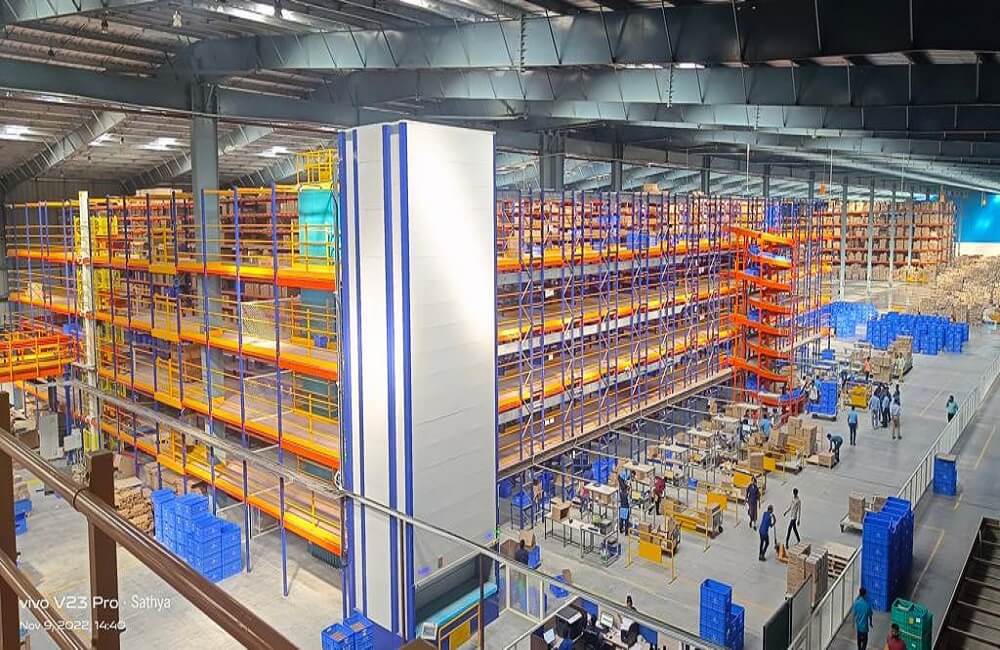Prabhakar Posam, Chief Information Officer of Transworld Group and Co-founder & CEO of Patang on how the IT team identified and delivered new capabilities for business and customers.
In terms of tech adoption, the shipping and logistics sector waited too long for the sun to rise.
The wait proved to be a blessing in disguise.
It gave them an opportunity to observe the impact of new technologies on other industries. And now, they are moving more quickly than many others.
Transworld Group, a Global Shipping & Logistics Solutions conglomerate is one such example.
“We want to become a market leader in our space. While our in-house innovations will continue, we also want to be responsible and share our innovations with the entire ecosystem,” says Prabhakar Posam, CIO, of Transworld Group and CEO, of Patang.
Established in 1977 and headquartered in Dubai, Transworld Group operates through a strong network of more than 22 offices worldwide. The major activities of the group include Ship Owning and Management (Container, Bulk Carriers & Tankers), Supply Chain Management, Warehousing, Road Transportation, Air Freight, Ocean Freight Forwarding, Feeder Services, and Liner and Shipping Agencies.
Shipping and logistics have always been a complex business. Transworld is into every aspect of shipping and logistics with its own assets and global logistics services.
Going ‘all in’ on cloud
Transworld had multiple IT applications and systems spread across the countries where it operated. Lack of visibility was affecting efficiency. In 2018, it decided to move all its applications to the cloud.
“We needed to transform fast, and cloud emerged as a great option,” Posam says.
Transworld chose Oracle to provide a cloud-based technology platform to improve operational efficiency across its shipping and logistics businesses. The company wanted to bring everything under one seamless movement of not just the cargo, but even the seamless movement of information.
The cloud technology platform now enables standardisation of all key business functions across all the group companies. These include finance, operations, procurement, supply chain, and even HR, to eliminate manual intervention and introduce far-advanced operational efficiencies.
The post Covid era and the ongoing geopolitical unrest presented a need for real-time, dynamic re-adjustment of global supply chains, and shortened planning cycles. To meet such requirements, faster processing power, quicker data access, and increased innovation capabilities have become a necessity.
“We took a bold decision to move 100% on the cloud. The transition has reaped benefits and changed our business for good. We have been able to scale, standardise all our global processes, optimise resources and now have access to a single source of truth,” Posam says.
The IT team is now able to provide a predictive estimated time of arrival (ETAs) of the vessels by monitoring port congestions, etc. IoT is playing a key role where the company can now give visibility to its customers and the operating team, allowing them to track goods in transportation in real-time.
“This sharing of real-time data is helping us and our partners optimise logistics resources, reduce cost, bring down energy consumption, and meet sustainability goals,” Posam says.
Patang: Taking flight to conquer challenges
Post the success of its cloud transformation, Posam decided to move beyond his ‘swim lanes.’
The focus shifted towards continually improving the tech function rather than being looked upon as a ‘runner of efficient machines.’
Posam launched a startup called Patang, an AI-enabled, digital technology platform offering services to support logistics solutions for all segments of the market.
“With Patang we wanted to fulfil the unmet needs, bottlenecks, and problem areas associated with the shipping and logistics ecosystem and then use technology to turn those around,” Posam says.
Patang allows users to manage their booking, view complete shipment details, track shipments in real-time, add shipping instructions, view statement of accounts and invoices, and receive shipment notifications on email and WhatsApp.
“The seamless visibility provided through this platform will help our customers to have instant and accurate information. While we have built this internally, we have also integrated this with the Oracle platform,” Posam says.
Moving forward, the IT team is moving towards an immersive Web 3.0 world focusing on Blockchain, NFT, and Metaverse. “We are not restricting ourselves to the tech that we currently have but are gearing up for the next five years,” Posam says.



